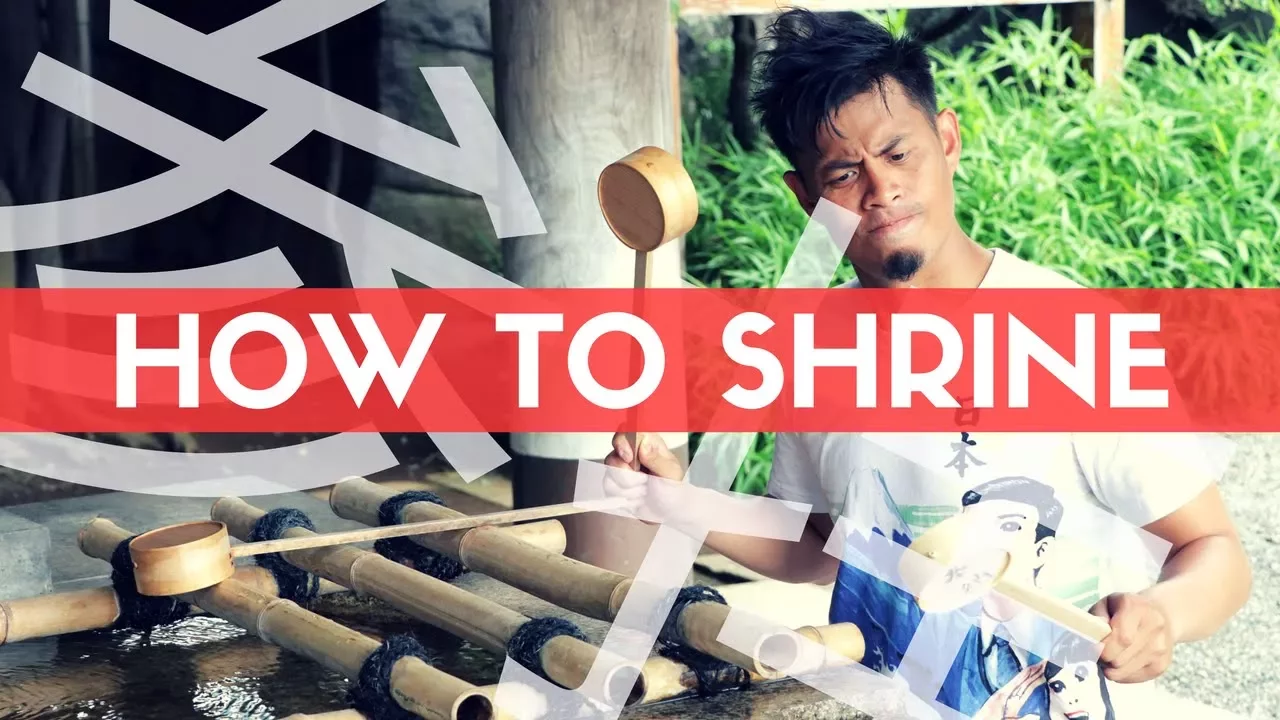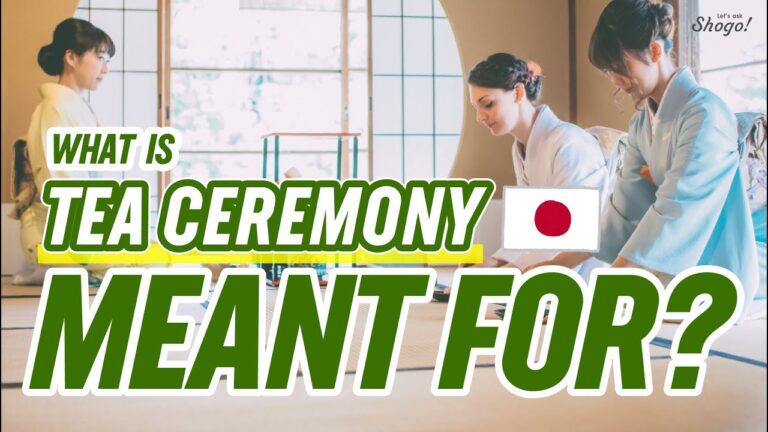Visiting shrines in Japan is a fascinating cultural experience, but it’s essential to observe proper etiquette to show respect and avoid making foreigner mistakes. In a detailed video guide, the importance of following specific do’s and don’ts when visiting Japanese shrines is explained.
Before entering the main shrine area, visitors are encouraged to cleanse their bodies at the temizu-ya, also known as the water pavilion, by following a specific ritual of scooping water with a ladle, washing hands, and rinsing the mouth. Attention to detail is key, including not drinking the water directly from the ladle and refraining from playing with the water.
As visitors walk towards the main shrine area, they are advised to use only the designated sidewalk ways and avoid walking in the center, which is reserved for the gods. Passing through the gate, a simple bow is suggested as a sign of respect, while elaborate gestures like Karate kid bows or special dance moves are discouraged.
Upon reaching the altar, throwing coins into the saisen-box, known as the offering box, is customary. Following a specific pattern of bowing and clapping before praying demonstrates reverence to the shrine. It’s emphasized that visitors should express gratitude to the gods rather than focusing solely on personal wishes.
Exiting the shrine requires one final bow to thank the gods for their hospitality, emphasizing the importance of showing respect until the very end of the visit. Additional rules include refraining from running, drinking, or climbing statues for photos.
In conclusion, by observing these basic guidelines on shrine manners in Japan, visitors can immerse themselves in the rich cultural heritage while earning the admiration of their Japanese hosts. Adhering to these etiquette tips ensures a memorable and respectful shrine visit that showcases appreciation for Japanese traditions.












